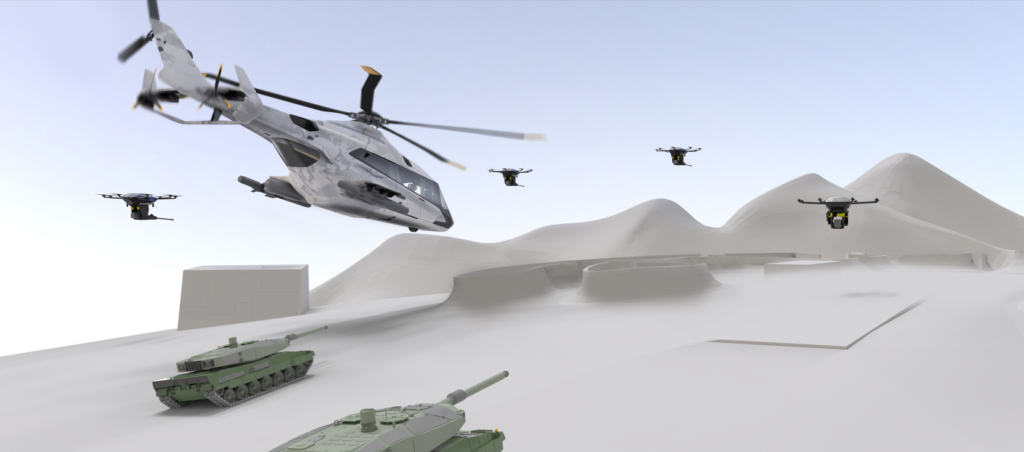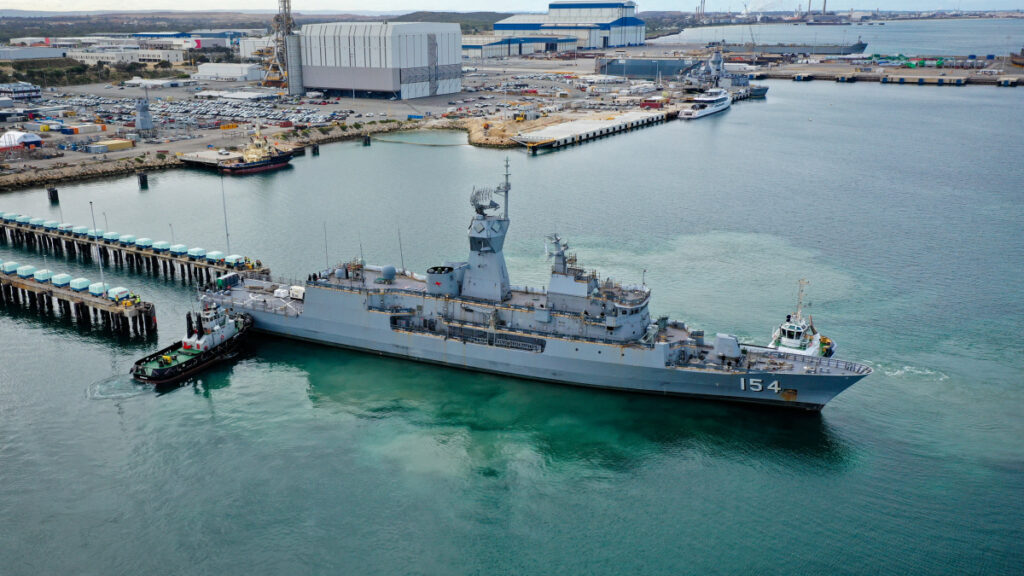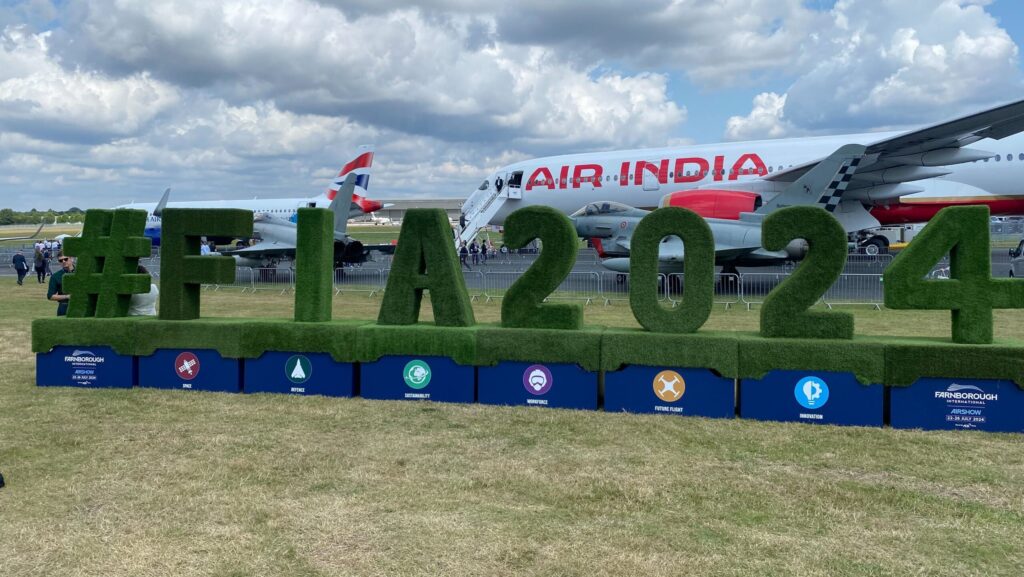The new IDF Mountain unit must contend with complex weather conditions. (IDF)
JERUSALEM — The Israel Defense Forces have inaugurated a new northern Mountain Brigade, the first major reorganization for the IDF since Hamas’s Oct. 7 attack and one suggesting Jerusalem sees the need to reinforce its northern defenses against Lebanese Hezbollah and other Iran-backed groups in the area.
The new brigade, established in March, will operate in a unique area in the north along the borders of Lebanon and Syria, covering the highest mountain on which the IDF operates, Mount Hermon, nestled in the northern-most parts of Israel and sandwiched between Syria and Lebanon, and down to around Mount Dov, which lies southwest of Hermon on Lebanon’s southern border. According to the IDF, the brigade will come under the command of the 210th division.
The new brigade represents a consolidation of Israeli forces in the north, which an IDF official told Breaking Defense made sense as operating across the whole mountainous area requires specialized gear, vehicles and training.
“The army needs to do a lot to prepare to be able to fight there,” said the officer, who spoke on the condition of anonymity. “The logic also was related to the threat. Lebanon-Syria are not necessarily different sources of threats … but instead it’s related to the Iran threat and the Shi’ite axis threat.”
RELATED: GPS jamming spreads in Lebanon, civil aviation caught in electronic crossfire
This is because Iranian-backed Hezbollah has extended its forces to operate in Syria, in addition to other Iran-backed groups in that country. The IDF understood that this border area, which forms a kind of triangle between Israel, Lebanon and Syria, was not facing threats from two different states, but a threat that spans the border area. Therefore one unit facing the similar enemy in the similar terrain made sense.
Beginning the day after the Hamas attack on Oct. 7, the Lebanese militant group Hezbollah launched its own limited strikes on Israel. According to the IDF, by January 14, 2024 Hezbollah had already fired 2,000 rockets at Israeli targets. In the early days the IDF called up hundreds of thousands of reserve soldiers and sent some of them to the north to guard the border. But after the initial crisis, the IDF rotated these units off the line to do training.
Much of the tension in the region centers on Mount Dov, an area controlled by Israel but claimed by Lebanon and Syria. Hezbollah has often claimed it is fighting a war to return this area to Lebanon. Geographically it forms the foothills of Mount Hermon and therefore it can be seen to be part of the same region, whereas the rest of Israel’s Galilee border with Lebanon is across the Jordan valley from Mount Dov.
Mount Dov rises 4,900 feet high, while the Israeli-controlled part of Mount Hermon is 7,200 feet. Hermon has a barren landscape, dotted with a few Israeli facilities some of which date from the 1970s, whereas Mount Dov is covered with small trees, and both areas are festooned with rocky outcroppings. Both areas lack clearly defined fences and defensive lines separating them from Syria and Lebanon and the border is not demarcated because neither Syria or Lebanon recognize Israel’s control of the areas.
RELATED: Israel’s Axon Vision CEO talks AI in ground combat in Gaza
The presence of the new unit will bring more soldiers to the Golan area, where there are a number of other IDF bases.
“This brigade will take us forward,” the officer said. In the future it will look like other territorial brigades such as those that are responsible for the border with Gaza and those that serve in the West Bank.
Though the unit will be built from the ground up in the next few months, it will also include the units that are already trained for the mountain terrain, such as Israel’s ski-equipped Alpine unit.
The commander of Israel’s 210th division said in a statement in March, “The establishment of the brigade will provide a high-quality operational response and enable preparation for both defensive and offensive measures in a variety of scenarios that correspond to the terrain and the enemy in the region, on both fronts simultaneously—Lebanon and Syria.”
More broadly, as the war continues to rage in Gaza, some of the IDF’s focus appears to have shifted to the north in recent weeks.
The head of Israel’s Northern Command, Maj. Gen. Ori Gordin said on March 29 that “we continue to strike against Hezbollah, determined to push it back and destroy its infrastructure. But that’s not all, this week we advanced another step on the readiness ladder, with troop drills, learning from the fighting in the south, and many more elements that will make us more prepared for the day of command.”




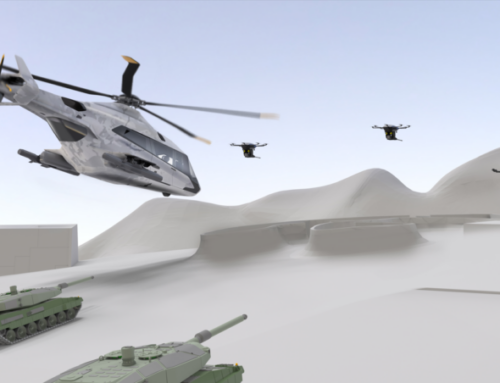
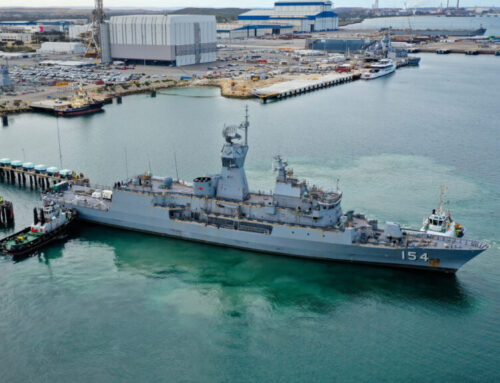
![The sights from the 2024 Farnborough Airshow [PHOTOS]](https://centurionpartnersgroup.com/wp-content/uploads/2024/07/IMG_8722-scaled-e1721930652747-1024x577-hZjwVb-500x383.jpeg)

